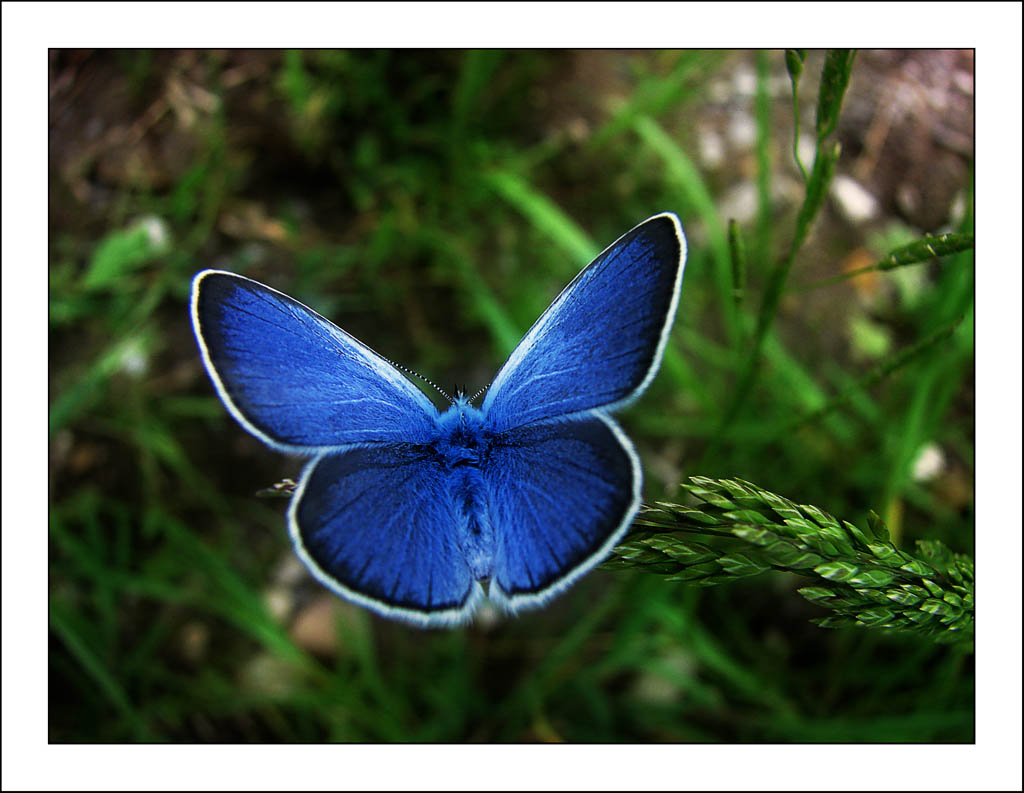From the heights of Pigeon Butte in Oregon’s wild west, where the winds whisper through the William L. Finley National Wildlife Refuge, a breathtaking tableau of the Willamette Valley unfolds. Between the majestic Coast Range and the rugged Cascades, the valley sprawls with a patchwork quilt of farmlands — grass-seed fields, hazelnut orchards, and vineyards. In the foreground, meadows adorned with wildflowers and sentinel oaks trace the undulating contours of the land.
This setting, reminiscent of a forgotten Eden, once boasted upland prairies covering a vast 685,000 acres of the Willamette Valley. A mere sliver, a tenth of 1%, remained by 2000. This precipitous decline heralded the twilight of myriad species, including the near-mythical Fender’s blue butterfly — a nickel-sized marvel teetering on the brink of oblivion.
Endemic to this valley, the Fender’s blue butterfly, lost since 1929, staged an enigmatic comeback in 1988. A 12-year-old’s chance discovery outside Eugene ignited hope, leading to the lepidopterist’s triumphant rediscovery the following year. By 2000, with fewer than 3,400 individuals remaining, Fender’s blue earned its place on the endangered species list. Today, standing on the precipice of a fourfold population surge, the butterfly awaits a historic shift from endangered to threatened — a testament to nature’s tenacity and the power of conservation.
In the early light of a May morning, I ascended Pigeon Butte, drawn by the allure of witnessing the delicate dance of Fender’s blue amid the whispers of meadow grasses. At a time when global insect populations wane, and butterflies vanish, this expedition aimed to grasp the essence of hope in the flutter of wings — a symbol that amidst loss, resurgence is still a tangible reality.
My quest took an unexpected turn on the descent. Two azure butterflies, smaller than a thumbnail, pirouetted near my knees. A careful inspection revealed the telltale arc of black spots, confirming their identity as Fender’s blue. A surge of wonderment echoed — how had this fragile sentinel, with wings as thin as gossamer and a body no larger than a sunflower seed, defied the whispers of extinction for nearly a century? Yet, a pragmatic thought surfaced — what significance could one azure butterfly hold in the face of an ecological maelstrom?
Cheryl Schultz, a steward of Fender’s conservation for three decades, contends that the journey to recovery transcends scientific inquiry; it requires time and partnerships. Her foray into butterfly conservation followed the contentious era of the northern spotted owl’s endangered status, prompting a quest to reconcile the dichotomies between environmental preservation and human livelihoods.
The saga of Fender’s resurgence intertwines with a silent protagonist — Kincaid’s lupine, the butterfly’s host and ally. In the dance of survival, Fender’s blue and Kincaid’s lupine become inseparable, echoing the intricate interconnectedness inherent in conservation.
The Institute for Applied Ecology, a bastion of lupine guardians, delves into the secrets of symbiotic relationships with mycorrhizal fungi and rhizobium bacteria. A union with the Sustainability in Prisons Project transforms incarcerated hands into sowers of hope, yielding tens of thousands of lupine seeds for habitat resurrection.
The hallowed grounds of Baskett Slough National Wildlife Refuge become a stage for a pyrotechnic ballet — controlled burns orchestrated in harmony with the Confederated Tribes of Grand Ronde. These flames, steeped in traditional ecological knowledge, breathe life into Fender’s habitat, unveiling the vital role of ancient wisdom in modern conservation.
In the vast canvas of private landscapes, custodians like Jim and Ed Merzenich emerge as unsung heroes. Their collaboration with federal agencies, akin to a delicate pas de deux, transforms once-overrun meadows into sanctuaries for Fender’s blues. The dance continues as conservationists and fire crews join hands in a tireless waltz to preserve these newfound havens.
Yet, amidst this intricate ballet, paradoxes unfold. The delicate balance between human intervention and the butterfly’s self-sufficiency challenges conventional notions of conservation success. The fragile Fender’s, despite its reluctance to assume the mantle of a pollinator, plays a vital ecological role, transforming plant material into sustenance for creatures like the western meadowlark.
Beyond ecological niches, the Fender’s blue, with its ethereal allure, weaves an inexplicable magic — it captivates human hearts. In a world often indifferent to insects, the butterfly emerges as a symbol that resonates. People, in the midst of their busy lives, respond to the butterfly’s plight in a way that transcends the indifference reserved for ordinary insects.
The narrative of Fender’s conservation, a tale beyond binaries and dualities, finds its unique rhythm in the labyrinth of relationships binding each organism to the other. The butterfly, once lost in the echoes of presumed oblivion, not only reclaims its space but also, in a paradoxical twist, becomes a harbinger of salvation for the prairie it calls home.
In the intricate choreography of survival, Fender’s blue orchestrates a symphony of collaboration. It beckons scientists, inmates, government agencies, tribes, and nonprofits into a harmonious cacophony, all working in unison. While the butterfly may owe its resurgence to the prairie community, one cannot ignore that, in rallying human allies, the butterfly, in its fragile beauty, becomes a savior of the prairie itself.
The truth, concealed within the folds of this enigmatic tale, eschews the simplicity of dichotomies. Instead, it unravels a tapestry of relationships, where each entity, no matter how seemingly inconsequential, plays a role in the grand narrative of resurgence. The Fender’s blue, with its azure wings fluttering against the backdrop of meadows and wildfires, becomes a living testament to the profound interconnectedness that defines the delicate dance of survival.
